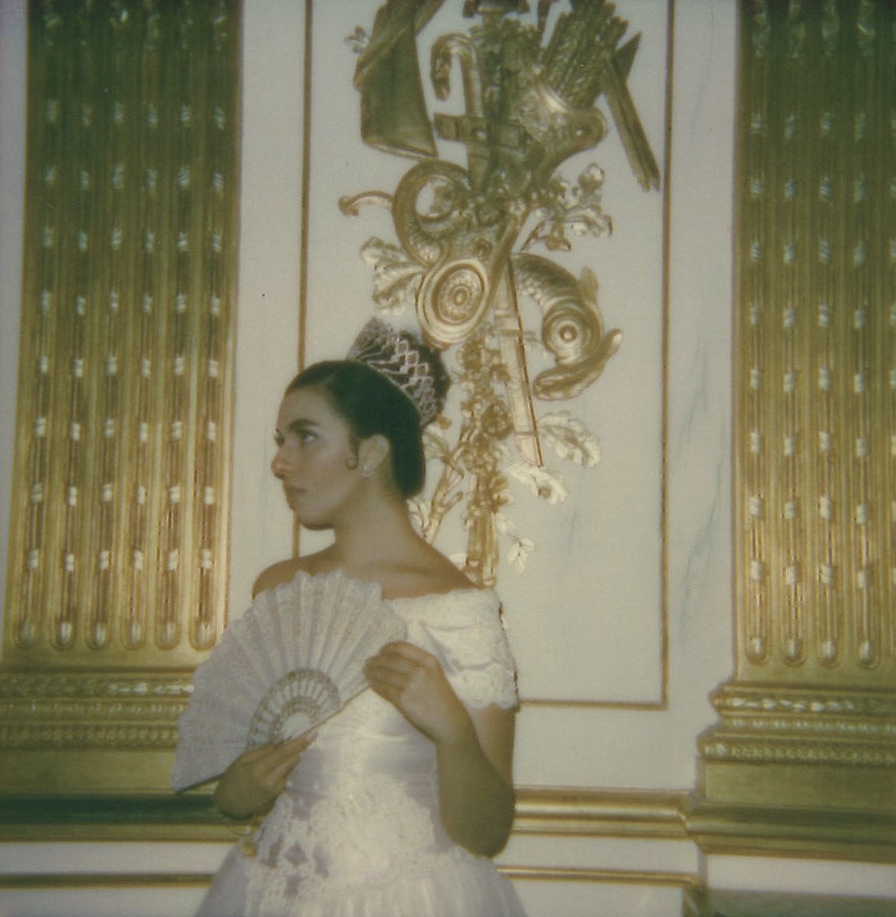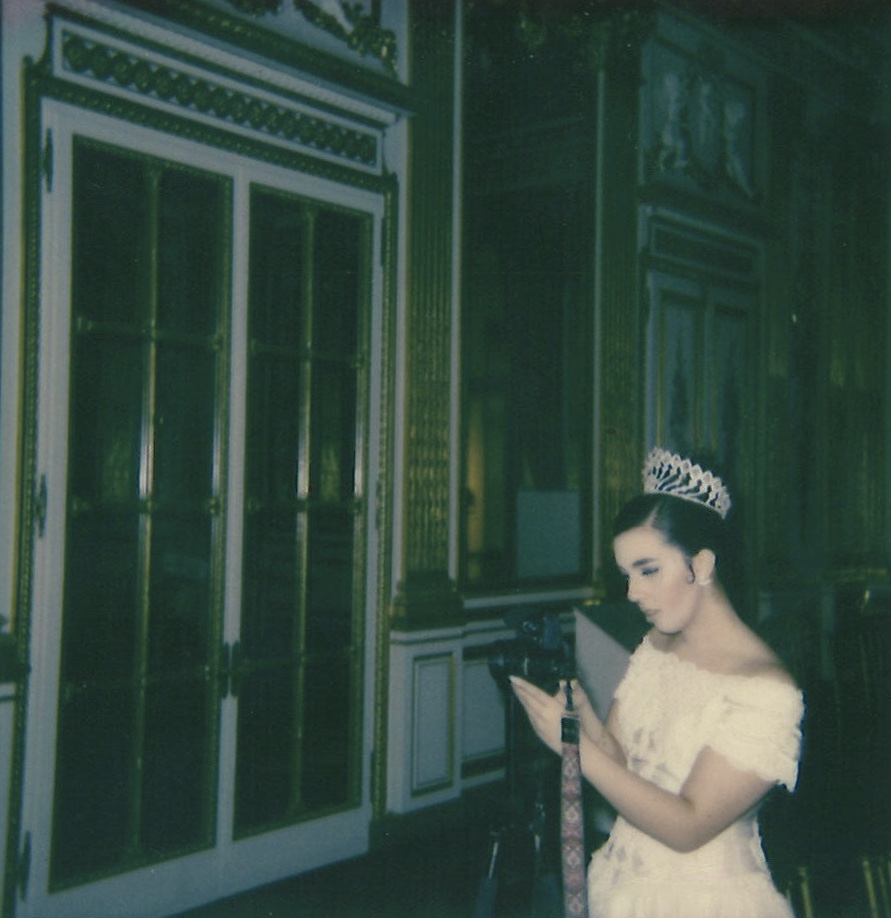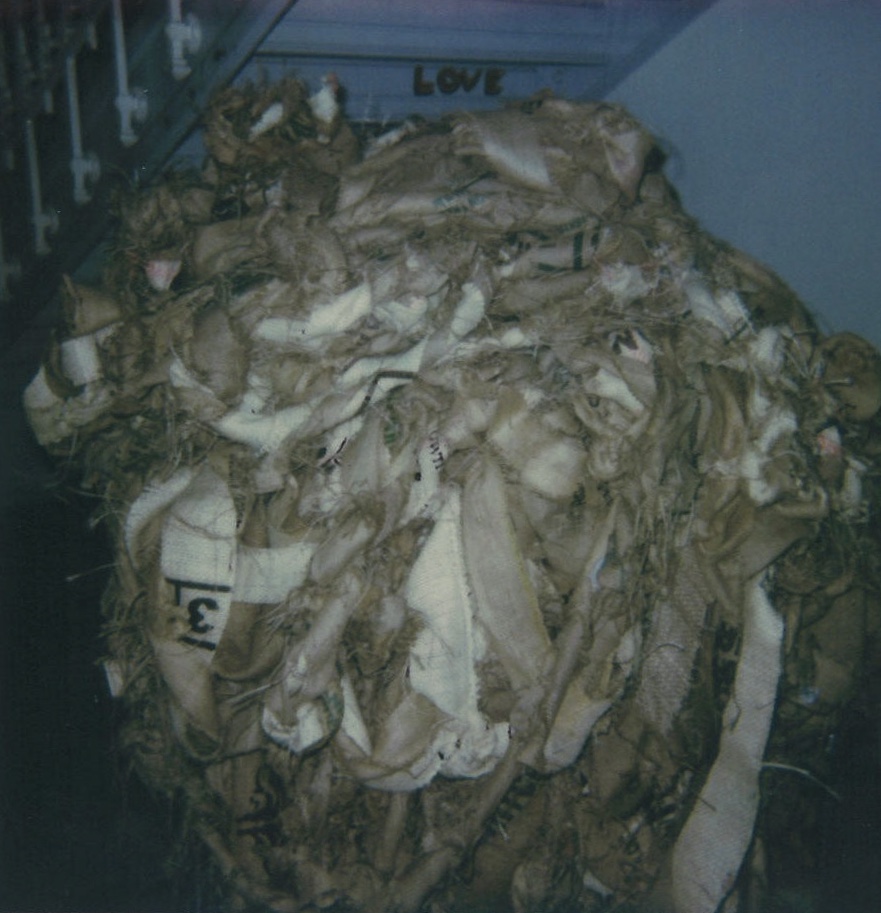Through manual and digital collage, photographer Seung Hyun Rhee conveys his love of K-Pop and the culture of South Korea. Polaroids by Maxwell Young
At least in America, there is this esoteric following of the Korean Pop music genre that is now bubbling to the mainstream. Platforms like League of Legends, the multiplayer online battle that catalyzed the era of E-Sports; the arcade favorite Dance Dance Revolution; and MySpace ushered in K-Pop as a niche, bubblegum amalgamation of popular sounds. Psy’s massive, more than three billion-times-viewed hit “Gangnam Style” that reverberated around the planet in 2012 elevated the genre to the surface for mainstream music listeners such as myself. But even then—back in my high school days—did I know a handful of people who could name me any other K-Pop song.
Photographer Seung Hyun Rhee was trying to show me concert footage of BTS, the it K-Pop group of the moment, while we met to talk about his thesis project for NEXT, Homesick. Although the boy band has not yet conjured a song as iconic as “Gangnam Style,” the septet is internationally recognized: heart-throbs recently emulating The Beatles’ legendary, American television appearance on The Ed Sullivan Show in 1964, with a cheeky rendition of their single “Boy With Luv” on the Late Show with Stephen Colbert. The dense architectural makeup of George Washington University’s Corcoran School of the Arts and Design caused the video to buffer. “The death circle,” is how Rhee referred to the spotty cell phone connection. “I don’t see that in my country…my country has the fastest internet in the world.”
Rhee emigrated from South Korea in 2007, right as the K-Pop industry hit its apex abroad. “I felt like I was going to get homesick. How was I going to connect to my country?” He looked back on his 12 years in the United States. “Everything is slow, the technology does not match. And what kind of food is this? It’s so oily!”
Initially, Rhee’s aunt shipped physical copies of K-Pop albums overseas, stimulating his affection toward his native country and providing the ultimate spark for engrossment in the genre. Now, however, Rhee buys his own albums, boasting about his royalty status on the online shopping site, Yes24. “I’m getting three or four more albums when I go to Korea this month,” he said. “I’m a collector…K-Pop [albums] have six to eight pages of photo-books in there with lyrics together and random things. But here in America, an album is just plastic with one book and some picture.”
The byproduct of such fandom has yielded an archive of over 200 album covers, collectible merchandise, trading cards, and personal concert photos that became the source material for a series of portrait collages that juxtapose a sense of alienation in America with Rhee’s longing to return home.
Images of K-Pop stars from Rhee’s favorite groups including TWICE, Miss A, and Wonder Girls inform five androgynous figures that were fit to glass above backdrops that represent his American experience. “It shows more depth and separation between the two countries that I feel,” Rhee said of his collaging methods. The figments have overlapping masculine and feminine facial features with both dainty and boyish physiques in alternating photographs. The dynamism of these characters symbolize the fervor of fanatics like Rhee and the growing culture they embody worldwide, yet the blandness of the backgrounds, such as his living room, bathroom, and United States Capitol building, create a disconnect between the ambivalence the genre has received in America and its pandemonium in Asia.
Adamant to return to South Korea to join the public relations side of the K-Pop industry, Rhee is skeptical of its growth in America. “I think K-Pop can grow here, but everything has a limit,” he said frankly. The differences in fashion taste along with the investment of time and money that goes into developing K-Pop groups (some training for three to five years before they even debut a song) is a risky gamble to make for a nascent genre. Personally, the nationalism with which these entertainment companies (basically music labels in Korea) amplify acts internationally may not be strong enough to gain traction in the United States either. Music is about identity. Listeners relate to a certain sound or visual aesthetic that is a portrayal of their own existence, and right now, the American fabric is largely white, black, and latin-x. And although the K-Pop industry is forming multi-national K-Pop squads, like NCT 127, and is being infiltrated by international writers, including new jack swing creator Teddy Riley to increase the exposure of the genre, the population of K-Pop fans, South Koreans, and other Asian ethnicities just might not be large enough to sustain the industry in the United States. As more groups cross the Pacific to tour North America, time will tell how frenzied the American demographic will become.









